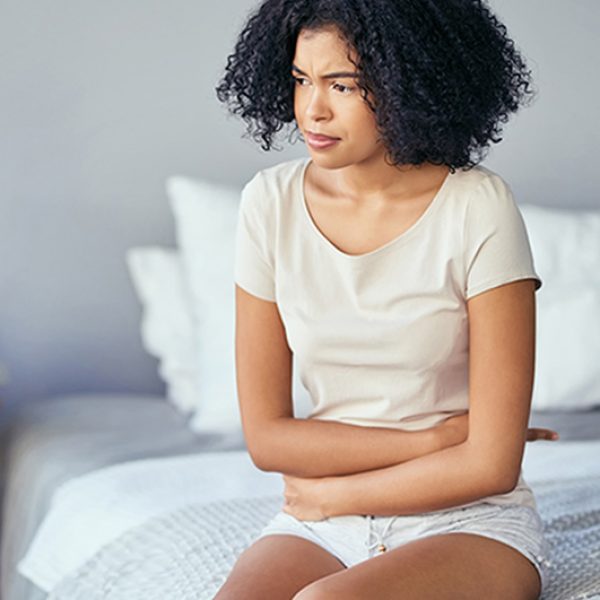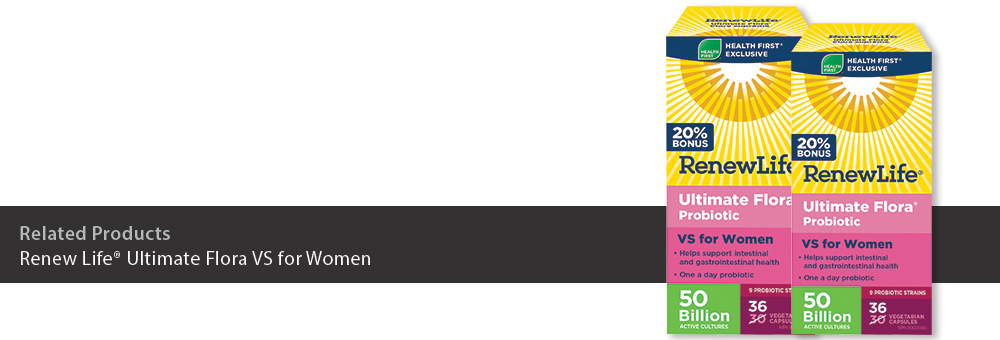

How to fight yeast overgrowth in the gut
Candida is a stubborn yeast that mostly affects women. Although yeast is a normal resident in the body, it can lead to various symptoms if it overgrows and spreads in the gut. Dysbiosis refers to an imbalance of microorganisms in the gut, which provides Candida with the opportunity to thrive.
Yeast is supposed to live in harmony with other bugs in the intestinal tract. Unfortunately, due to enormous amounts of sugar hidden in the diet, the overuse of antibiotics, and high levels of stress, yeast is no longer considered harmless and many women are dealing with yeast overgrowth.
Once yeast takes over, it can cause a range of health issues, such as recurrent yeast infections.
Women who wish to manage this stubborn fungus need to follow a strict diet (low in carbohydrates). In addition to dietary changes, the use of natural anti-fungal herbs and probiotics is often recommended.
If Candida yeast is not addressed, symptoms typically worsen over time.
The list of yeast-related symptoms may surprise you.
Symptoms caused by Candida overgrowth may include:
- Feeling run-down and tired
- Urinary tract infections (UTIs)
- Recurrent vaginal yeast infections
- Digestive discomfort (gas and bloating)
- Food cravings (especially for sugary treats and carbohydrates)
- Difficulty losing weight
- Brain fog or poor concentration
Addressing dysbiosis involves three steps:
1 – Taking a women’s high-potency, multi-strain probiotic is an essential first step.
Not only do probiotics help support gastrointestinal health, they are especially helpful for women who present with yeast-related symptoms. Probiotics help fight against stubborn yeast and can help restore gut health back to normal.
A probiotic with a delivery system is a good idea since it guarantees the safe arrival of the live bacteria to the intestines. Also, look for a probiotic that contains multiple strains of Lactobacillus and Bifidobacterium, with more Lactobacillus (e.g. 45 billion active cultures) because this is the type of bacteria that colonizes the vagina.
According to one research paper, Lactobacilli may be helpful in women who have a history of recurrent, complicated UTIs or have used antibiotics for prolonged periods.1
Taking live active bacteria in supplement form is one way to start outnumbering yeast organisms.
2 – Next, you’ll want to starve this sugar-loving pathogen.
To address dysbiosis, you need to stop feeding Candida. Candida thrives on sugar, which is why intense cravings for carbohydrates are common. Ladies, you’ll want to avoid processed foods, baked goods, and virtually all foods high in sugar.
Even healthy fermented foods like sauerkraut can promote Candida overgrowth, so avoid anything fermented until Candida is gone. Yes, that means kombucha too!
Aim for a diet loaded with nutrient-rich vegetables, lean protein, and healthy fats like olive oil. Fibre in the diet will help ensure regular bowel movements, which is important to rid the body of Candida.
3 – Finally, anti-fungal herbs are needed to tame Candida gone wild.
You can find a Candida Cleanse kit where natural health products are sold. Look for a complete herbal cleanse kit that contains anti-fungal and anti-bacterial ingredients such as Uva-Ursi, Neem Leaf, Oregano Leaf, Oregon Grape Root, Peppermint Leaf, and Pau D’Arco Root Bark.
Some health experts say that Candida overgrowth has become an epidemic. If you have unexplained symptoms that are yeast-related, now you know where to start. Let the healing begin.
By Dr. Sara Celik
Reference:
1. Gupta, V., Nag, D. & Garg, P. Recurrent urinary tract infections in women: How promising is the use of probiotics? Indian J. Med. Microbiol. 35, 347–354


Designed specifically for women, Renew Life’s Ultimate Flora VS is formulated to help maintain a healthy balance of vaginal and urinary tract bacteria. Each capsule contains 45 billion live Lactobacillus cultures and 5 billion live Bifidobacteria, mirroring the prevalence of Lactobacilli and the lower incidence of Bifidobacteria in the vagina.